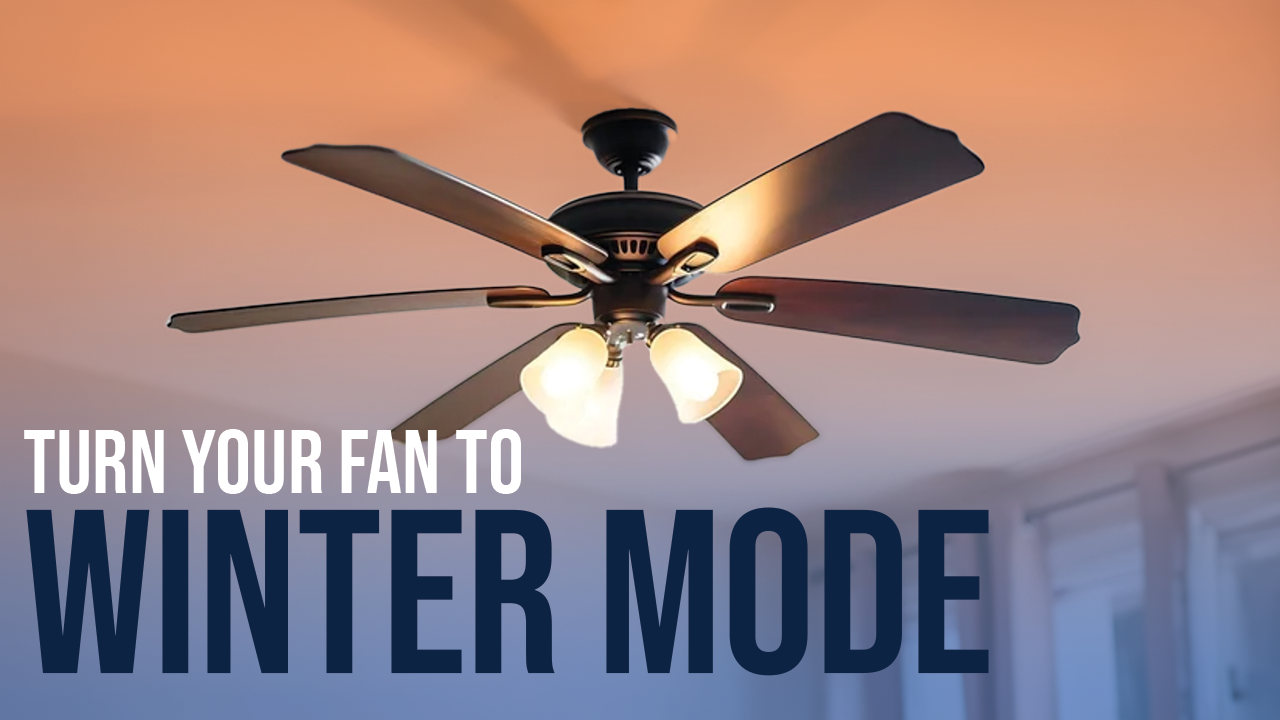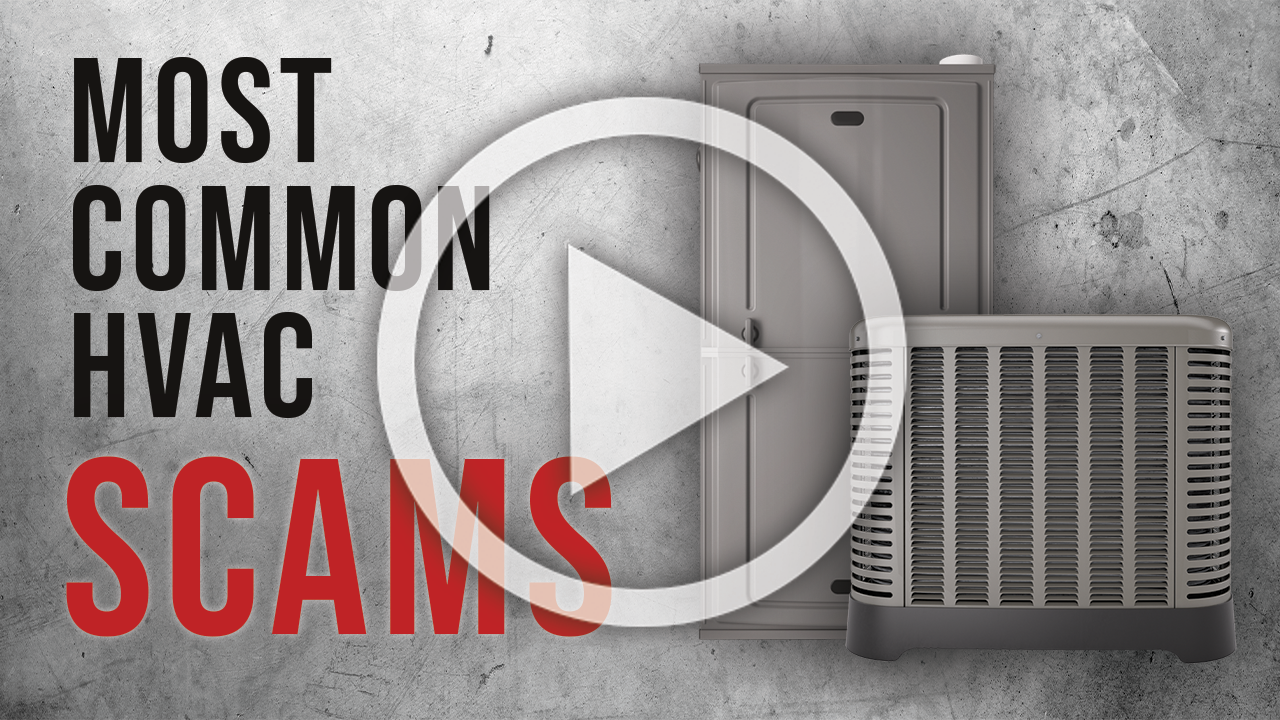Updated January 17, 2024
Like many Americans, you may be planning on curling up in front of the fireplace this Christmas to celebrate with your family. A source of warmth and beauty, fireplaces are a wonderful part of the winter season and the perfect pairing with a cup of hot cocoa or a good book. However, fireplaces also affect indoor air quality, so if you are using one this winter, it’s important to know how to operate it safely.
Why Fireplaces Can be Dangerous for Your Air
Fireplaces, as well as wood stoves and gas stoves, are all sources of indoor air pollutants. The EPA (Environmental Protection Agency) has found that wood smoke is particularly dangerous and may release carcinogens and contaminants in your air than can cause breathing problems.
Examples of fireplace pollution include:
- Carbon Monoxide: Carbon monoxide, aka CO, is a colorless and odorless gas that prevents your body from getting oxygen. Even small amounts of CO in your home can lead to fatigue, dizziness, disorientation, and headaches. High CO levels can cause someone to become unconscious and even result in death. If you have older family members or children in your home, it is especially important to watch out for CO exposure, as they tend to be the ones most at risk. Consider installing a carbon monoxide detector and/or an oxygen-depletion sensor in your home before using your fireplace this year and watch out for pervasive flu symptoms and stomach aches, as these can be signs of CO exposure in disguise.
- Nitrogen Dioxide: Nitrogen Oxide, or NO2, is a compound that can lead to itchy eyes, irritated noses, and sore throats. Breathing in high concentrations of NO2 can also cause shortness of breath, and over long periods, even lung diseases, including emphysema. NO2 is particularly harmful to those with asthma or respiratory conditions, however, it may be detectable if you have a good sense of smell, so you will want to watch out for increased breathing problems or strange odors in your home if you are using a fireplace.
- Wood-Burning Particles: The burning of wood can release particulates into your air, created during the incomplete combustion of a fuel source, like gas. These particles can damage your lungs, and contribute to asthma, bronchitis, and allergy-related health problems. Prolonged exposure to wood-burning particles has also been linked to cancer.
How to Prevent Your Fireplace from Affecting Indoor Air Quality
Despite all the risks related to fireplace usage, modern, properly ventilated fireplaces are designed to reduce your exposure to pollutants and allergens. That said, you should still take precautions to limit your exposure to fireplace-related contaminants. Even so-called “ventless” fireplaces do not allow you to bypass the proper venting entirely.
The 3 best ways to prevent pollutants from affecting your indoor air quality are:
- Use the Correct Fuel: If you have a wood-burning fireplace, you will want to use harder woods, such as maple, ash, oak, and beech. These dried or “seasoned” woods not only burn cleaner, creating less smoke, but they also create hotter woods. Avoid burning softer foods such as fir and pine, and never use wet, painted, or treated wood.
- Clean Your Fireplace Regularly: So much of smart fireplace usage is simply about annual maintenance. By cleaning and inspecting your fireplace and venting system, you will be able to find out if you’re dealing with any leaking chimneys, blocked flues, or other dirty and damaged components. The more you use your fireplace, the more you should clean it, as this will go a long way to preventing circulation and ventilation problems.
- Purchase an Indoor Air Quality Improvement Device: If you live in a tightly sealed home, you should open windows and doors occasionally, venting your space to reduce pollution buildup and prevent mold and mildew growth. However, DIY air quality improvements only go so far. That’s why our Grimes HVAC technicians at Golden Rule Plumbing, Heating & Cooling offer indoor air quality solutions to help everyone in your home breathe easier. Contact us today for air cleaners, humidifiers/dehumidifiers, and UV lights, as well as ductwork repair and sealing. With the help of our ventilation experts, your whole family will be able to safely enjoy the fireplace this Christmas and all winter long!
For indoor air quality improvements in Grimes or Des Moines, IA, dial 515-393-4526 now, or send us a message online.
Contact Us Today for Indoor Air Quality Service!
If you found this post helpful, check out improving indoor air quailty:


As winter rolls in, many of us instinctively reach for the thermostat to stay warm. But did you know your ceiling fan can be an ally in... Read More

Watch Out! Don’t Fall for These HVAC Scams Hey there, Central Iowa homeowners! Are you worried about keeping your home comfy and cozy without getting duped... Read More

What You Need to Know About Air Conditioning Changes Coming in 2025 Hey there, homeowners! If you’ve been considering upgrading your air conditioning system, you might want... Read More